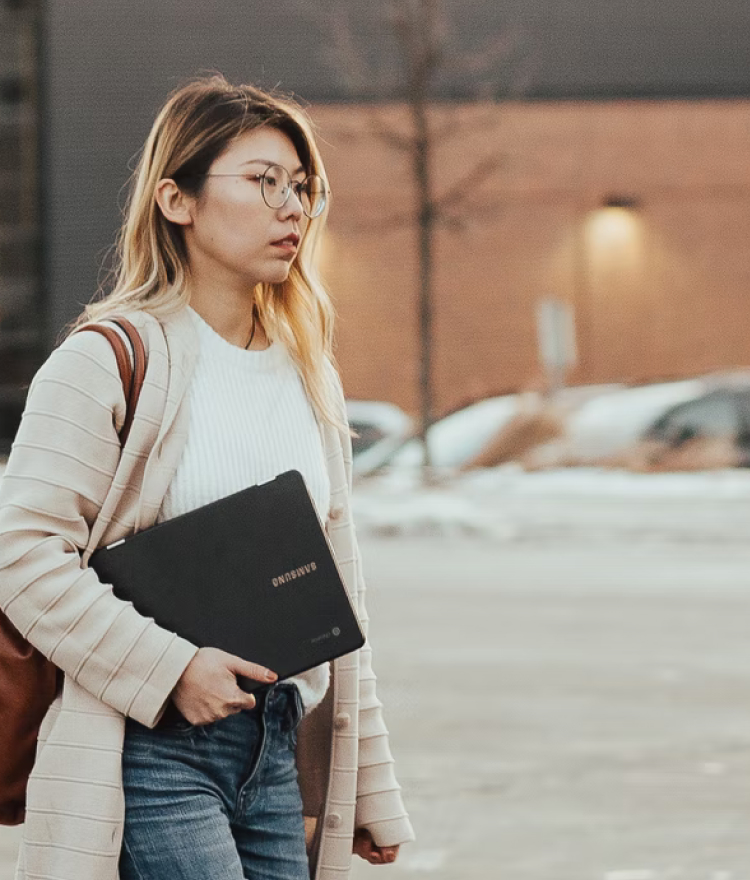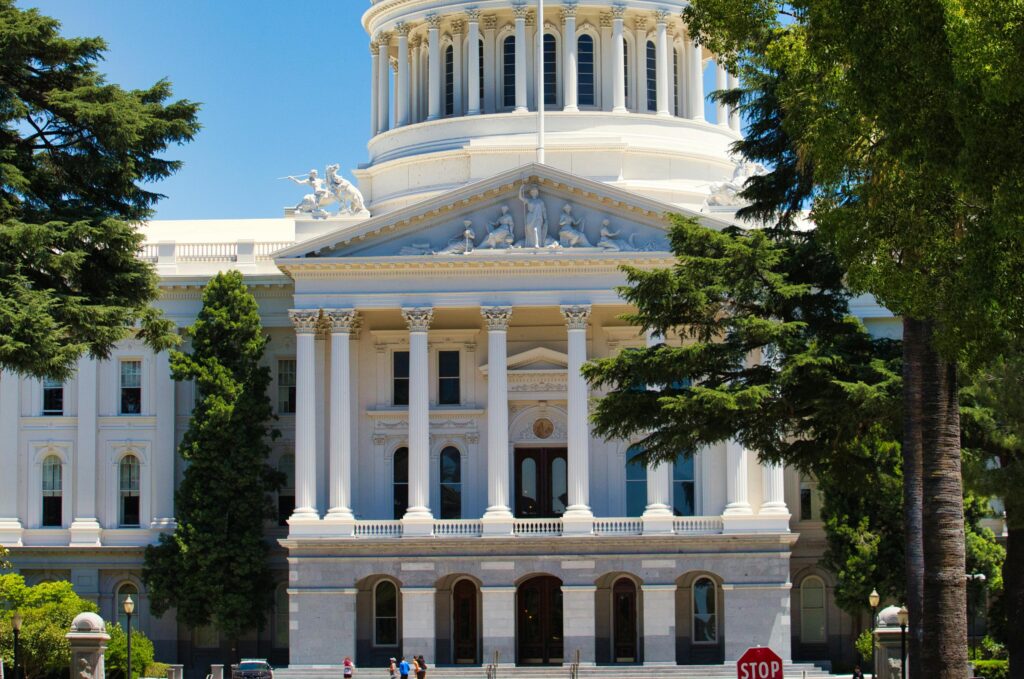Government, Resources, Voices
Non-White people are drastically underrepresented in local government
The people who serve in local governments – cities, counties and other entities below the state level – represent the vast majority of elected officials in the U.S. They make important and often contentious decisions governing the lives of millions of city and county residents. From data we gathered on city, county and school district elections over the last three decades, nearly universally the percentage of elected officials who are White is higher than the White share of the population. In municipal offices the overrepresentation of White residents comes at the expense of Asian and Hispanic residents, and in county offices Asian and Hispanic residents are more drastically underrepresented. What does this mean for representation across the U.S.?
Author: Justin de Benedictis-Kessner, Assistant Professor of Public Policy, Harvard Kennedy School. The original article appeared on The Conversation on January 29, 2024. The Conversation is a nonprofit, independent news organization dedicated to unlocking the knowledge of experts for the public good.
Disclosure: MyAsianVoice is committed to publishing original and third-party content that is relevant and useful to the Asian female and beyond. The content posted are strictly the views of the authors’ own and does not reflect the views of MyAsianVoice.

Elected representatives in government don’t always look like the people they serve.
The people who serve in local governments – cities, counties and other entities below the state level – represent the vast majority of elected officials in the U.S. My recent research with Diana Da In Lee, Yamil Velez and Chris Warshaw finds that, like in the federal and state governments, non-White people are drastically underrepresented in local government.
We gathered elections data on city, county and school district elections over the last three decades from medium and large places – any city with a population of at least 50,000 people and any county with a population of at least 75,000 in 2020. These 877 different cities and 1,005 different counties encompass more than half of the U.S. population. Using that data, we calculated the share of winning candidates who were members of several racial and ethnic groups.
In each place, we compared the percentage of the population from each of those demographic groups with the percentage of elected officials from those same groups. This allowed us to gauge whether each of these demographic groups was proportionally represented, or if they were overrepresented or underrepresented among their local politicians.
Municipal officials
Across cities in the U.S., we looked at the offices of mayor and city councilor. One commonality stands out: Nearly universally, the percentage of elected officials who are White is higher than the White share of the population. This overrepresentation persists from the early 1990s – the first time period from which we have data – to more recent years among mayors. Among city councilors, it’s a bit closer to parity with the population.
For mayors in recent years, there is a particularly large gap: On average, 78% of mayors are White, while only 68% of the population in the cities in our data is White. City councilors, on the other hand, tend to look much more like the population in their cities.
Nearly 17% of residents in cities are Hispanic and 5% are Asian. But only 6% of mayors are Hispanic and only 2% are Asian.
This overrepresentation of White residents comes at the expense of Hispanic and Asian residents. Nearly 17% of residents in cities are Hispanic and 5% are Asian. But only 6% of mayors are Hispanic and only 2% are Asian.
County officials
In medium and large counties where we collected elections data, we made similar comparisons for county executives, county legislators, sheriffs and prosecutors. Again, across these local elected offices, there are far more, as a percentage, White elected officials than there are White residents of these counties.
Asians make up 1% or less of elected county legislators, sheriffs and prosecutors.
Just under 70% of residents of the counties in our data are White. But over 76% of county executives are White, over 85% of county legislators are White, 83% of sheriffs are White, and nearly 89% of prosecutors are White.
Again, the overrepresentation of White residents among local elected officials happens as other racial and ethnic groups are underrepresented in their county governments. Black residents make up 11% of the population in counties in our data, but only 9% of county legislators. And Hispanic and Asian residents are more drastically underrepresented in county offices. In our data, 11% of county residents are Hispanic, while 3% are Asian. But 5% or less of politicians holding office in any county elected position are Hispanic. And Asians make up 1% or less of elected county legislators, sheriffs and prosecutors.
School boards
Data on school boards’ representation is less clear because our data collection on school boards was less comprehensive than our data on city and county elections. But the apparent trend among the school districts where we gathered data is similar.
School boards have become a flashpoint for various political efforts, including teaching about race and racism and requests to ban books. And they are substantially more White than the communities they serve.
Of the districts in our study, 22% of the residents were Black and 6% were Asian, but just 10% of board members are Black and just 3% are Asian.
Less than half of the constituents in the school districts in our data are White, but more than two-thirds of school board members are White. Of the districts in our study, 22% of the residents were Black and 6% were Asian, but just 10% of board members are Black and just 3% are Asian. Hispanic residents, who made up 24% of the population, were more closely represented, but still not equally, with 20% of board members.
What does this mean for representation across the U.S.? Local elected officials make important and often contentious decisions governing the lives of millions of city and county residents. Race and other demographic features of both residents and elected officials do not, by any means, offer a conclusive picture of their respective policy preferences. But the fact that local governments look so different from their residents doesn’t paint a sunny picture of representation in local government.
Helpful Resources
American Local Government Elections Database
Our Political Power (MyAsianVoice)
Get a monthly dose of our latest insights!


About
myasianvoice
At MyAsianVoice, we connect Asian Americans to surveys and research to bridge the Asian data gap.
Join our growing respondent list >>
